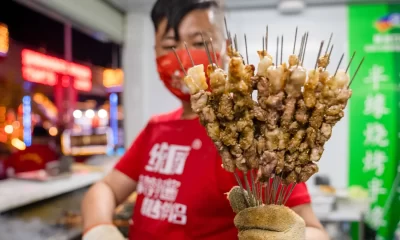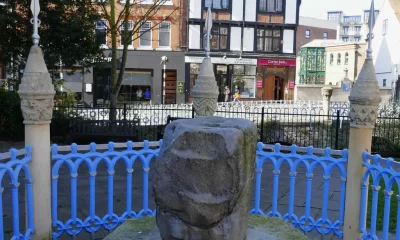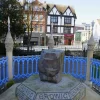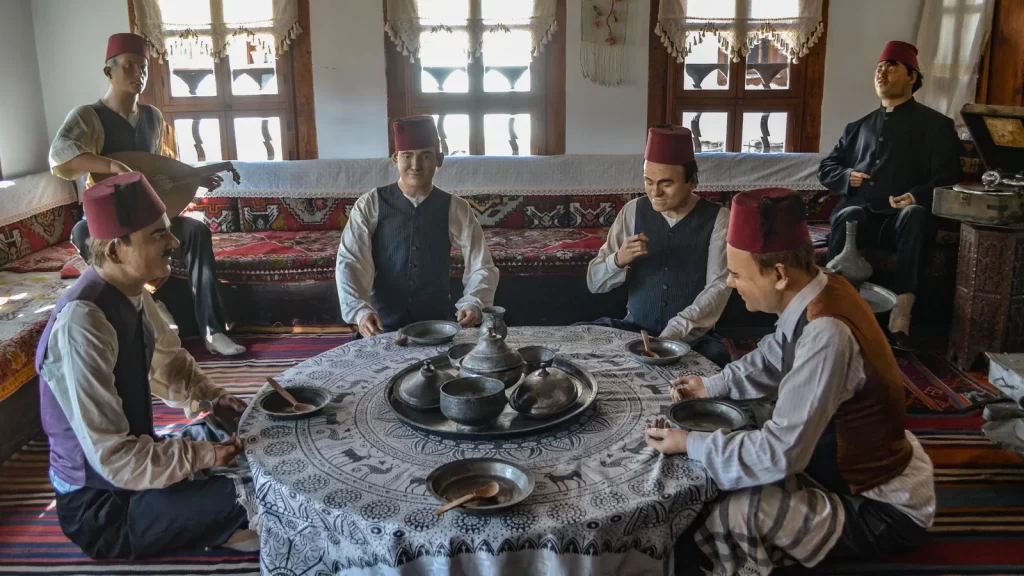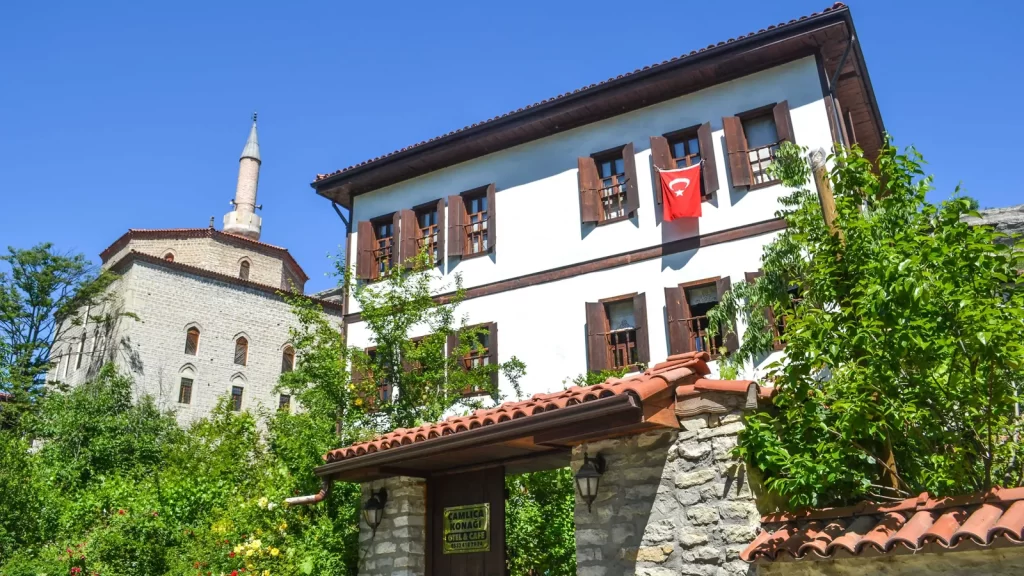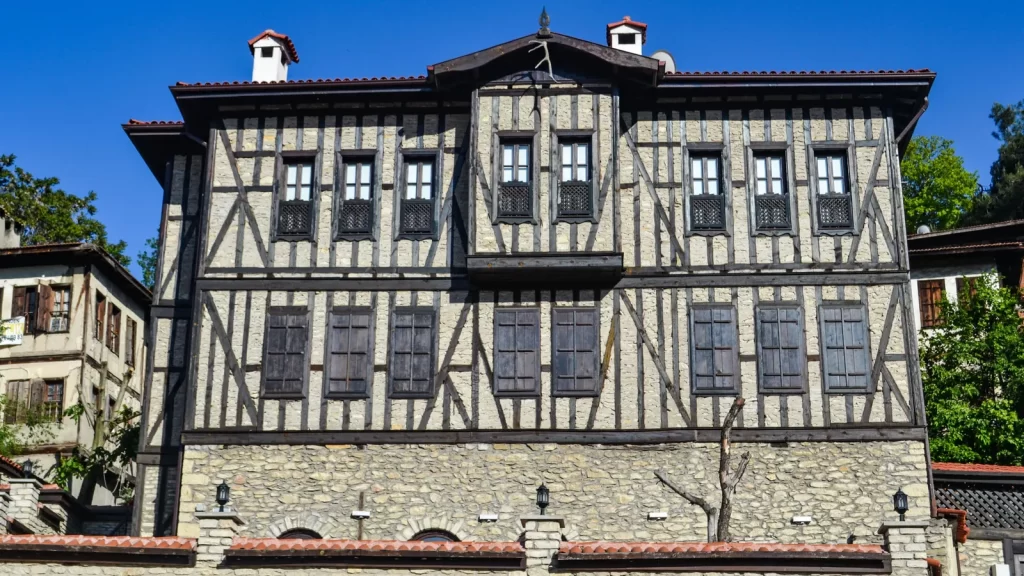

More in Featured
-


education
Raipur to Host ROLBOL Conclave 2025 on November 23; Over 1,500 Youth Expected
Raipur, Chhattisgarh | November 20, 2025. Raipur is also preparing to host one of the biggest...
-


Entertainment
Who is Ishit Bhatt, A small interaction with Amitabh bachchan in KBC Junior is misunderstood?
Ishit Bhatt KBC’s not so famous kid who is just 5th grade student. His interaction with...
-


Featured
Himachal Landslide Buries Bus, 15 Dead in Bilaspur
A devastating landslide triggered by heavy rainfall in Himachal Pradesh claimed the lives of at least...
-


Featured
Rohit Sharma’s 2012 Tweet Goes Viral After Gill Captaincy
The Board of Control for Cricket in India announced Shubman Gill as India’s new ODI captain...
-


Featured
Photos and videos of heavy rain in Kutch over the last 24 hours.
Extremely heavy rain has fallen, with around 15 inches recorded in Kutch. Many roads, schools, and...




